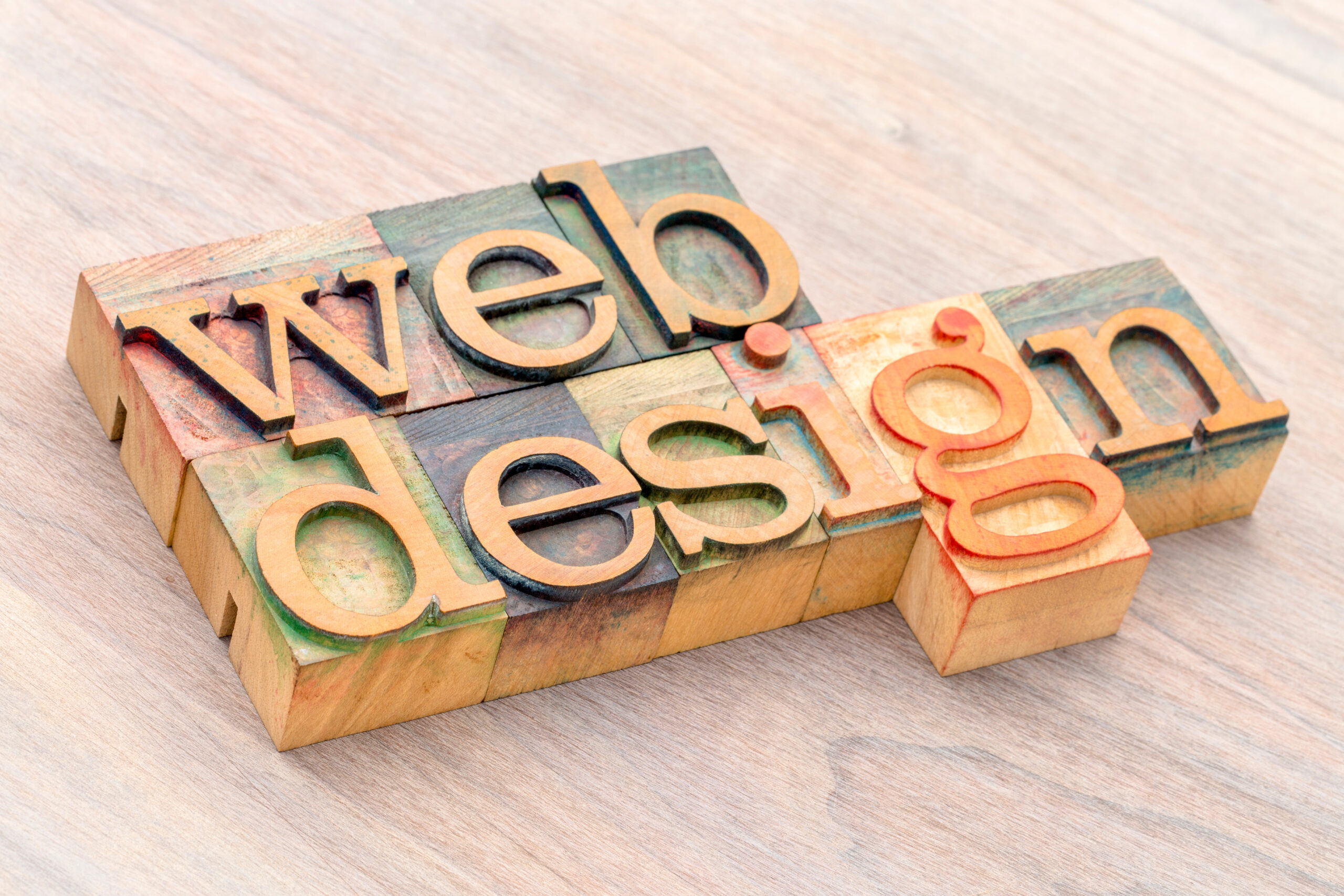*This article is an English translation of a Japanese article.
Adding images to your homepage is an effective way to enhance visual appeal and communicate information intuitively. However, using images without considering web accessibility can prevent some users from receiving important information. In this article, we will explain the key points for creating and displaying images on your homepage while ensuring web accessibility.
1. Setting Alternative Text (alt attribute)
The Importance of Alt Text
For users who cannot visually perceive images—such as those with visual impairments or those using screen readers—alternative text (alt text) is a critical way to understand the content of an image. Alt text should be concise and describe the meaning or role of the image, and it is essential to apply it appropriately to all decorative and informational images.
Tips for Good Alt Text
- Provide accurate descriptions of the image’s content or meaning.
- Leave the alt text empty for decorative images to allow screen readers to ignore them.
- For images that convey important information, write specific and clear descriptions.
Examples of Alt Text to Avoid
- Avoid vague descriptions like “image” or “photo.”
- If the alt text does not convey the image’s role or content, it can confuse the user.
2. Providing Descriptions for Informational Images
The Need for Image Descriptions
When an image is used to convey information, it is essential to add a text description to complement the image. For charts, graphs, maps, or other visual content where the details are crucial, provide a detailed text description alongside the alt text, ensuring all users can understand the information.
Tips for Good Image Descriptions
- Provide summaries or supplementary text that allows users to understand the content without relying on visuals.
- Use detailed text to complement the alt text when necessary.
3. Optimizing Image Size and Load Speed
Consideration for Load Speed
Large image files can slow down page load times, negatively impacting the user experience. This is especially problematic for users accessing the site on slower networks or mobile devices. Make sure to compress images to the appropriate size to reduce loading times and ease the user’s experience.
Tips for Optimal Image Sizes
- Avoid unnecessarily large images and compress them to an optimal size.
- Use high-compression formats like WebP to improve loading speed.
4. Ensuring Contrast and Visibility
The Importance of Contrast
Low contrast between text and background in images can make it difficult to read, especially for users with visual impairments or color blindness. Ensure that text and important elements in images are designed with a high contrast ratio for better visibility.
Tips for Good Contrast
- Ensure text has sufficient contrast with the background for easy readability by all users.
- Pay attention to color choices to avoid blending important elements with the background.
Examples of Poor Contrast
- Avoid images where the text is nearly the same color as the background, making it hard to read.
5. Differentiating Between Decorative and Informational Images
Handling Decorative Images
Not all images provide information. Decorative images are used primarily for aesthetic purposes and often do not need to convey information. Such images should have an empty alt attribute so that screen readers can ignore them. On the other hand, informational images must always include proper descriptions.
Tips for Decorative Images
- Set the alt attribute to an empty value for decorative images, ensuring that screen readers skip them.
Examples of Decorative Image Misuse
- Avoid adding unnecessary alt text to decorative images, as this can cause confusion for users when read aloud by screen readers.
Conclusion
When adding images to your homepage with web accessibility in mind, it’s essential to consider alt text, visibility, image size optimization, and more. Providing accurate alt text and detailed explanations helps ensure that even users with visual limitations can understand the content and meaning of your images. By following these practices, you can create a website that is accessible and easy to use for all users.
We have released the UUU Web Accessibility Widget Tool, designed to make web accessibility easy to implement. This tool helps improve the accessibility of websites quickly and efficiently, even without specialized knowledge.
If you’re interested in enhancing your website’s accessibility, please check out the details. We are here to support you in making your website more user-friendly and accessible to a wider audience.
